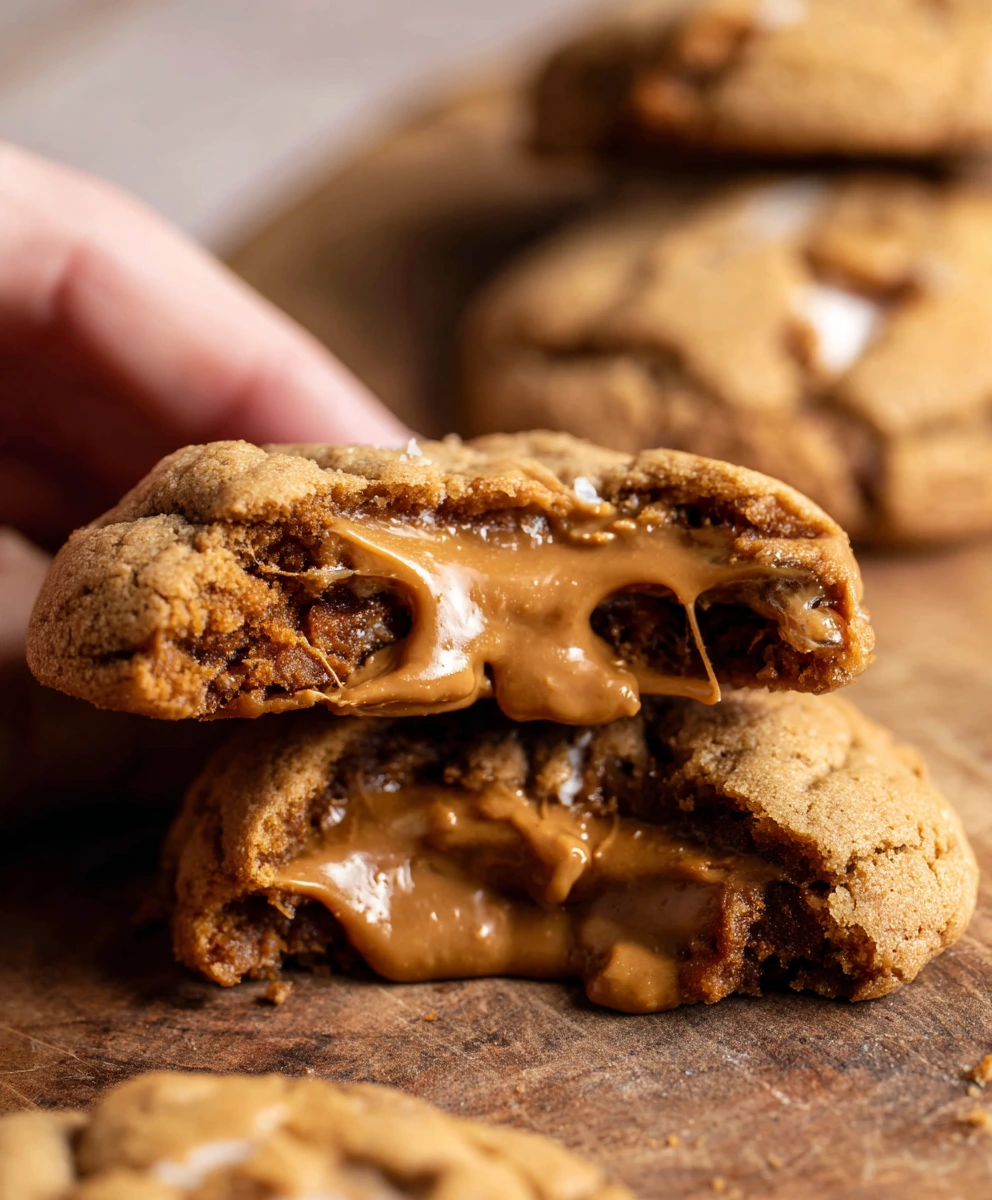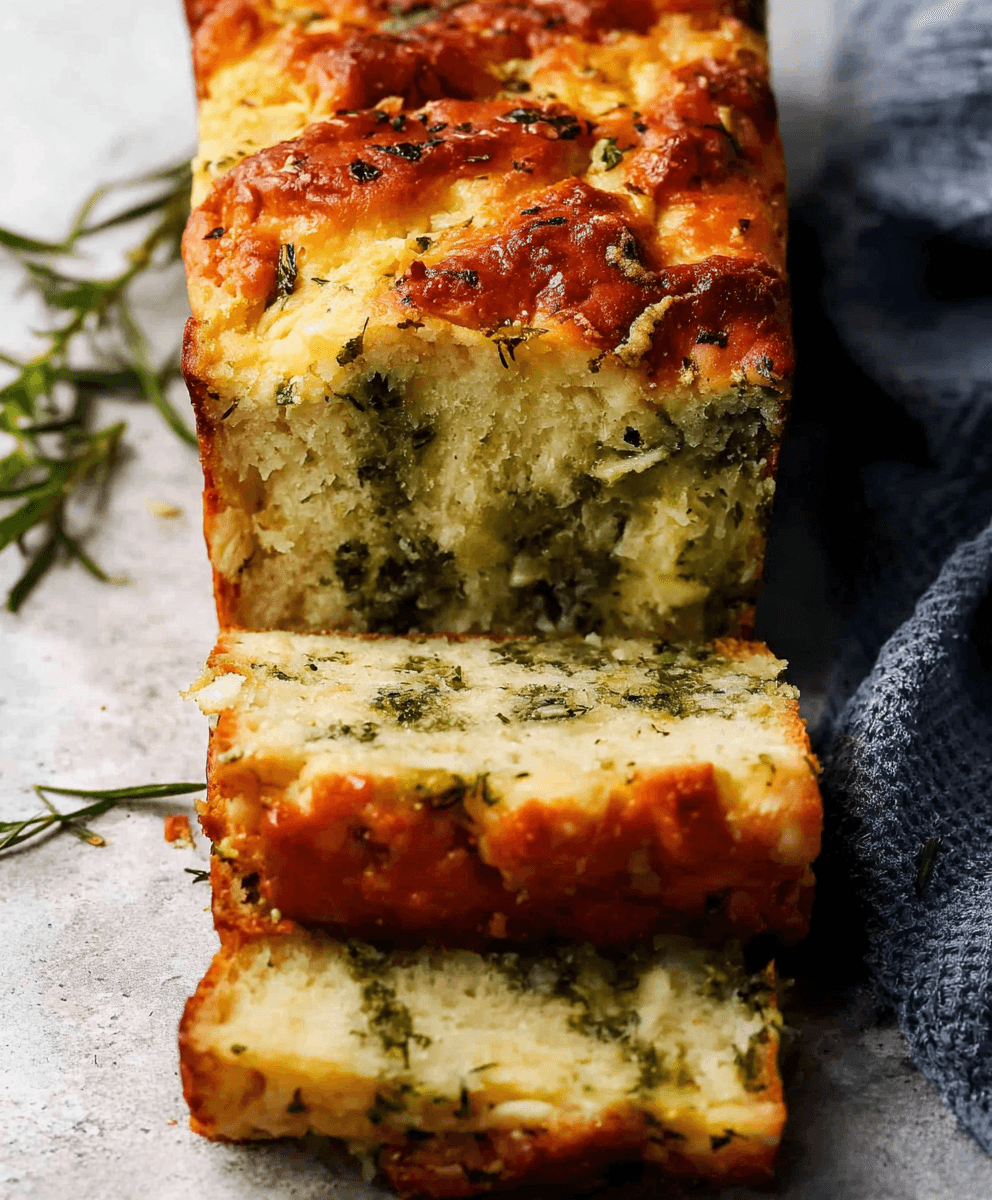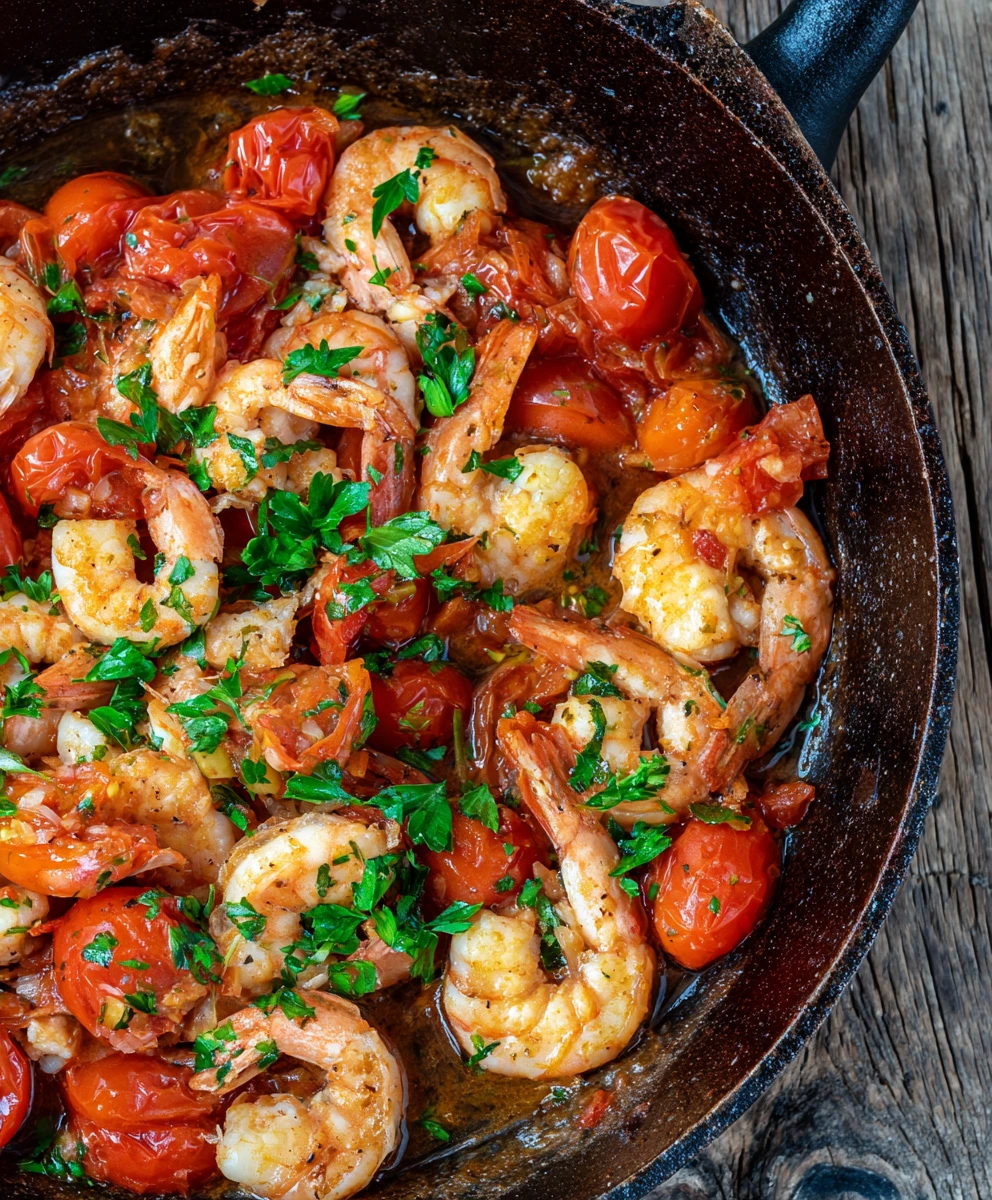Bringing game meat from the field to your table is a rewarding process, offering lean, flavorful meat and a deep connection to the outdoors. Learning **how to prepare game meat** properly is absolutely essential, ensuring safety, maximizing quality, and honoring your harvest. It involves more than just cooking; it starts moments after the animal is taken and continues through cooling, processing, and storage. As someone who’s worked with various types of game over the years, I’ve learned that careful handling at every step makes all the difference in the final flavor and tenderness. This guide will walk you through the critical stages, equipping you with the knowledge to confidently prepare game meat.

❤️ Why Proper Game Meat Preparation Matters
- Safety First: Essential steps prevent bacterial contamination.
- Optimal Flavor: Correct handling and aging enhance the natural taste.
- Improved Tenderness: Understanding aging and cooking methods ensures palatable results.
- Respecting the Harvest: Utilizing the meat efficiently is part of ethical hunting/foraging.
🦌 Immediate Field Care: The Crucial First Step
What you do in the field is arguably the most important part of learning how to prepare game meat. Rapid cooling is non-negotiable.
- Cooling is Key: Body heat is the enemy. Rapidly reduce the temperature of the carcass.
- Field Dressing: For large game, remove entrails as quickly as possible. This allows heat to escape and minimizes bacterial contamination from the gut cavity. Learn proper techniques to avoid puncturing organs.
- Air Circulation: Hang the animal (if possible) or prop open the cavity to allow air flow. Get it out of direct sunlight.
- Cleanliness: Use clean hands, knives, and surfaces. Avoid dragging animals through dirt excessively if possible, or clean thoroughly afterward. Wipe cavities clean, ideally without water unless necessary and followed by immediate cooling.
Getting the core temperature down quickly, ideally below 40°F (4°C), is vital, especially in warmer conditions.
🥶 Aging Game Meat: Enhancing Tenderness and Flavor
Aging is an optional but highly recommended step in preparing many types of game, particularly large game like venison.
- What is Aging? It’s a controlled process where natural enzymes break down muscle fibers, making the meat more tender.
- Dry vs. Wet Aging: Dry aging involves hanging carcasses or primals in a controlled environment (temp, humidity) for days or weeks. Wet aging involves vacuum-sealing cuts and refrigerating them. Wet aging is easier for home processors.
- Duration: Aging time varies based on species, age, and temperature. Common times range from a few days to 2 weeks or more. Colder temperatures allow for longer aging.
Proper temperature control (ideally 34-37°F or 1-3°C) is critical during aging to prevent spoilage.
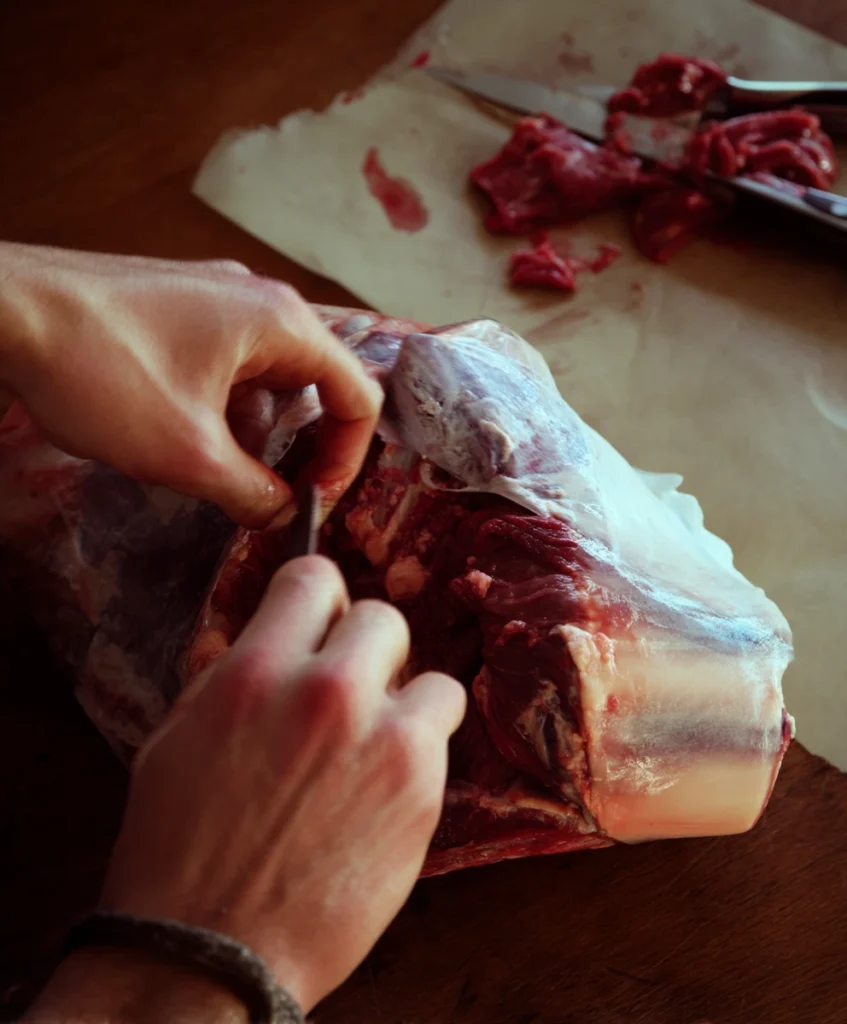
🔪 Butchering and Processing Your Harvest
Breaking down the animal into usable cuts is a crucial part of preparing game meat.
- Sanitation: Set up a clean workspace. Sharp knives are safer and more efficient.
- Skinning or Plucking: Remove the hide or feathers cleanly, taking care not to get hair or debris on the meat.
- Trimming: Remove all fat (game fat can be waxy and strong-flavored), silver skin, and tough connective tissue. This significantly impacts flavor and tenderness.
- Identify Cuts: Separate meat into logical cuts – loins, tenderloins, roasts, steaks, stew meat, grinding meat. Understand which cuts are naturally tender and which will require slow cooking.
- Grinding: Tougher cuts and trimmings are perfect for grinding. Often, 10-20% pork fat is added here to improve moisture and texture, as game is very lean.
🥡 Storing Your Prepared Game Meat
Proper storage is vital to preserve the quality of your meat.
- Refrigeration: Keep fresh meat at or below 40°F (4°C). Use or freeze within 3-5 days.
- Freezing: This is the most common long-term storage method. Remove as much air as possible. Vacuum sealing is the best method for preventing freezer burn. Heavy-duty freezer paper or quality freezer bags are alternatives.
- Labeling: Always label packages with the type of meat, cut, and date. This helps with inventory and ensures you use older meat first.
- Freezer Life: Properly frozen game meat can last 9-12 months or even longer at 0°F (-18°C), although quality might slightly decline over time.
🍳 Cooking Methods for Different Game Meats
Game meat is lean and can dry out quickly if overcooked. Choosing the right method for the cut and species is key when learning how to prepare game meat deliciously.
- Tender Cuts (Loins, Tenderloins, Breasts): Best cooked quickly to rare or medium-rare using high-heat methods like grilling, searing, or pan-frying. Think venison backstrap steaks or seared duck breast. Marinades can add moisture.
- Tougher Cuts (Shanks, Shoulders, Legs): Require low-and-slow, moist heat methods to tenderize. Braising, stewing, slow roasting, or using a pressure cooker works well for cuts like venison shanks or rabbit legs.
- Ground Meat: Versatile for burgers, chili, meatloaf, or sauces. Adding some fat (like pork) is often recommended for juiciness.
- Waterfowl (Whole): Roasting can work, often requiring covering breasts initially to prevent overcooking while legs cook through. Brining is often beneficial.
Experimentation is part of the fun! Learning the characteristics of different game species and cuts is essential.
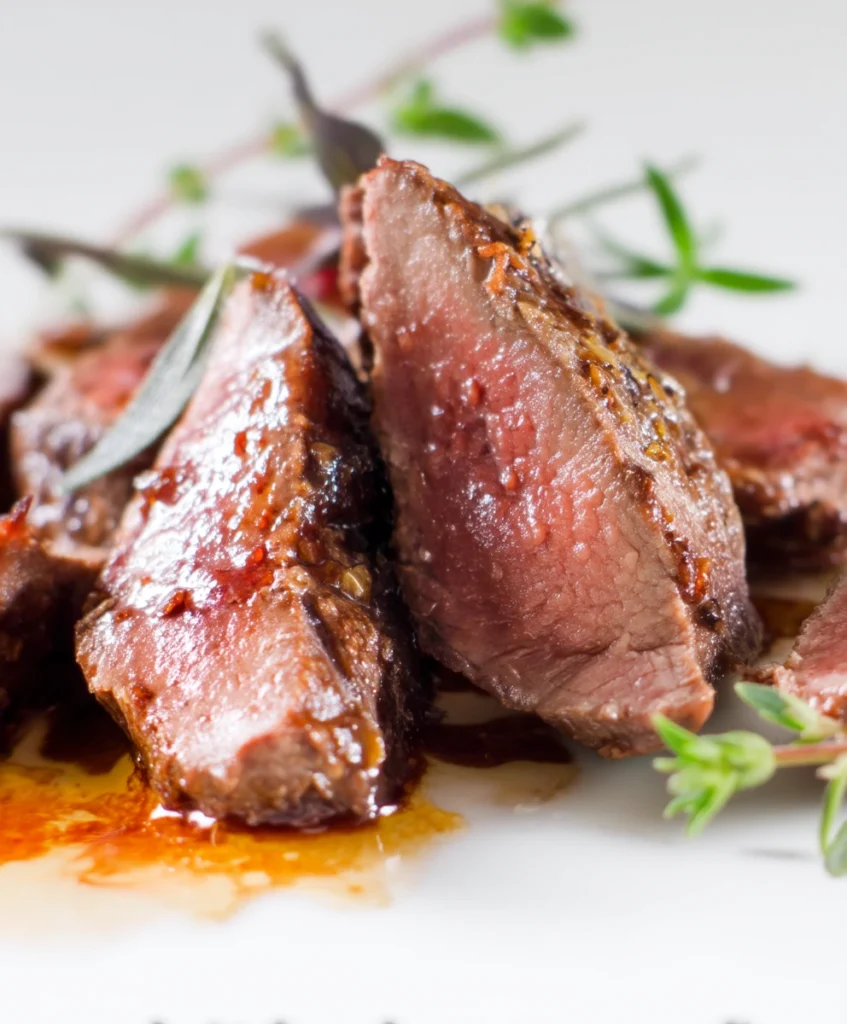
💡 General Tips for Game Meat Success
- Keep it Cold: Rapid cooling is paramount from the moment of harvest.
- Trim Aggressively: Removing fat and silver skin improves flavor and texture.
- Don’t Overcook Lean Cuts: Use a meat thermometer and aim for medium-rare for steaks/loins unless braising tough cuts.
- Consider Adding Fat: Lard roasts or add pork fat to ground meat to combat leanness.
- Marinades and Brines: Use them to add moisture, flavor, and tenderize where appropriate.
❓ Frequently Asked Questions about Preparing Game Meat
Is game meat safe to eat?
Yes, absolutely! With proper handling, rapid cooling, safe butchering practices, and cooking to appropriate internal temperatures, game meat is very safe and healthy to eat.
Why is my game meat tough?
Toughness is usually due to overcooking (especially lean cuts), insufficient aging (for species where aging is beneficial), or not using a slow, moist cooking method for tougher cuts with a lot of connective tissue.
Do I need to soak game meat before cooking?
While historically some people soaked game in saltwater or milk to reduce “gaminess,” proper field care, chilling, trimming, and appropriate cooking methods are generally more effective and preferred today. Soaking isn’t strictly necessary for safety.
What temperature should game meat be cooked to?
Ground game meat should be cooked to an internal temperature of 160°F (71°C). Whole cuts like roasts and steaks are often enjoyed medium-rare (130-135°F or 54-57°C for lean meats like venison loin), similar to beef, but ensure this is done safely after proper handling. Game birds should generally be cooked to at least 165°F (74°C).
📖 More Resources for Preparing Meat
If you found this guide on how to prepare game meat helpful, you might also be interested in these related topics:
- Delicious High Protein Savory Muffins with Turkey & Cheddar (No Protein Powder!)
- Ultimate Cheesy Baked Pierogi Casserole with Kielbasa (Easy Comfort Food!)
- Crunch Roll Sushi Bowl: Easy Deconstructed Recipe
Final Thoughts
Mastering how to prepare game meat is a skill that enhances your connection to food and the outdoors. By focusing on careful field handling, proper processing, and matching cooking methods to the cuts, you’ll be rewarded with delicious, high-quality protein. Happy cooking!


